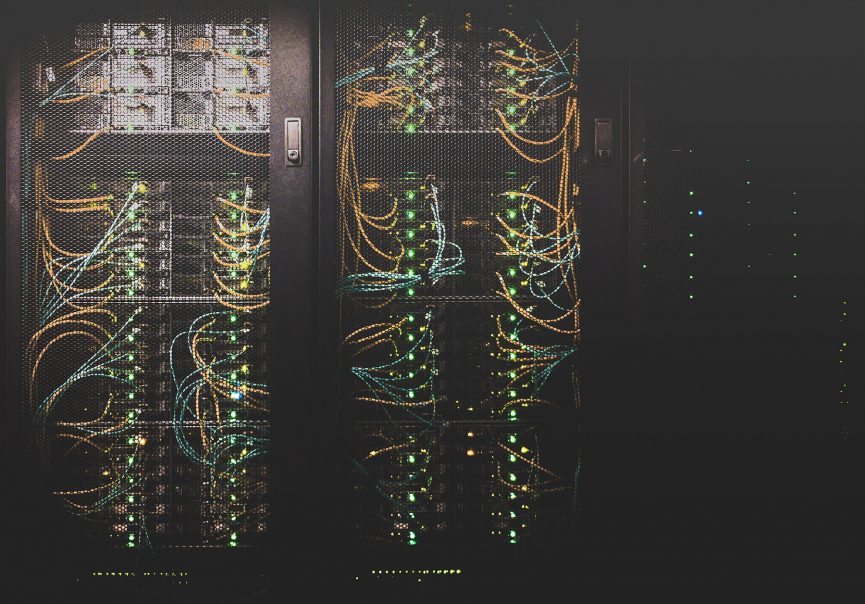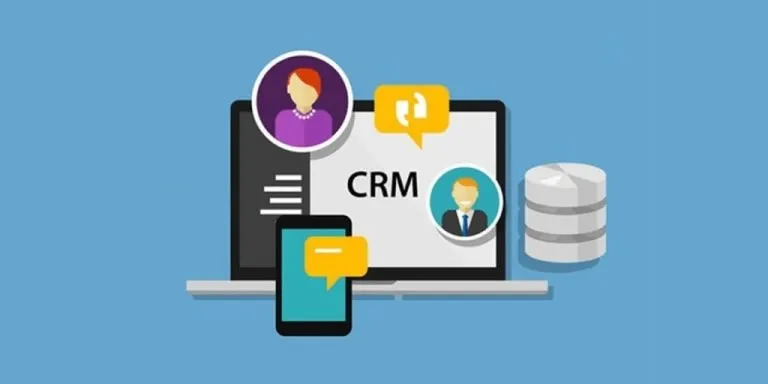Advertising disclosure
Hosting Canada is community-supported. We may earn a commission when you make a purchase through one of our links. Read Disclosure.
TCP VS UDP: Differences and Protocols
If you’re wondering what the difference between TCP and UDP is, or you want to know which one is better for your use case, make sure you read through this article.
Connecting to the internet might sound like a basic task to us. However, most of us are unaware that a lot goes in the background.
When two devices want to communicate over the internet, a protocol layer decides what sort of data they can exchange, the format of this data, and more. This layer that sets various other ground rules to facilitate communication is called Internet Protocol.
Moreover, any device that can connect to the internet – be it a laptop, a phone, or any other gadget - has a unique address called an Internet Protocol (IP) address. This address, like a fingerprint, is unique to each device and acts as an identifier among the billions of devices connected to the internet.
For a better understanding, let us look at some essential internet protocols – TCP and UDP - their definition, usage, similarities, and differences.
What is TCP?
Now that we have a bird’s-eye view of how devices communicate. Let us dig deeper and try to understand the Transmission Control Protocol (TCP) and its importance.
The most basic internet protocol, TCP, allows computing devices and applications to exchange messages over any network.
It is a commonly used protocol that organizes data transferred between a client and a server. TCP can offer a highly reliable byte stream even on an unreliable network and can also help you create a virtual network in a scenario when several computer networks are connected.
It is the perfect protocol for transferring information like still images, data files, and web pages – thanks to its built-in system to check for errors. This guarantees that the data gets delivered in the order it was sent.
IP and TCP add a layer of security to the data and ensure it is delivered to its intended destination.
How does TCP work?
TCP offers an ideal data transfer scenario wherein it identifies if a request has been initiated and verifies if the target device or server acknowledges a connection request. Once accepted, it triggers the data transmission.
As soon as the transfer is done, it terminates the connection by disconnecting the established virtual circuit. In case the communication breaks or the transfer gets interrupted or isn’t processed as intended, then the source is notified.
To explain it better, consider TCP as a bridge between two different buildings. This bridge makes sure that the data, in any form, sent from one corner to the other corner is delivered and in the correct sequential order.
What is UDP?
Compared to TCP, User Datagram Protocol (UDP) is a more straightforward connection-less protocol that doesn’t have an option to check for errors.
Since UDP doesn’t verify connectivity, deliverability, or back-and-forth communication, it is ideal for real-time communication like broadcast or multicast.
How does UDP work?
UDP deploys a simpler data transfer mode that doesn’t involve verification, sequencing, or delivery reliability. It doesn’t even verify if the two systems are connected and expects that all verifications are done at the application level.
TCP vs. UDP: What is the Difference?
TCP and UDP are somewhat similar protocols. However, each has its characteristics and limitations that make them ideal for use cases unique to each other.
Since TCP has a process to verify the errors, ensure connectivity, and more, it is secure but slightly slower.
In comparison, as UDP doesn’t have a system to check for errors, it transmits data relatively faster than TCP. However, since it doesn’t have an option to verify the data delivery, retransmission of lost data is impossible with UDP.
Another key differentiator is how the data is delivered to the target system. TCP maintains the sequential order delivery between the server and the computer and vice versa. At the same time, UDP delivers the data in no sequence. If an order of delivery is required, it must be maintained at the application layer.
Since an acknowledgment segment is present in TCP, identification and retransmission of lost packets are possible; however, the same isn’t the case with UDP.
TCP is commonly used by HTTP, HTTPs, FTP, SMTP, and Telnet protocols, while DNS uses UDP, DHCP, TFTP, SNMP, RIP, and VoIP.












